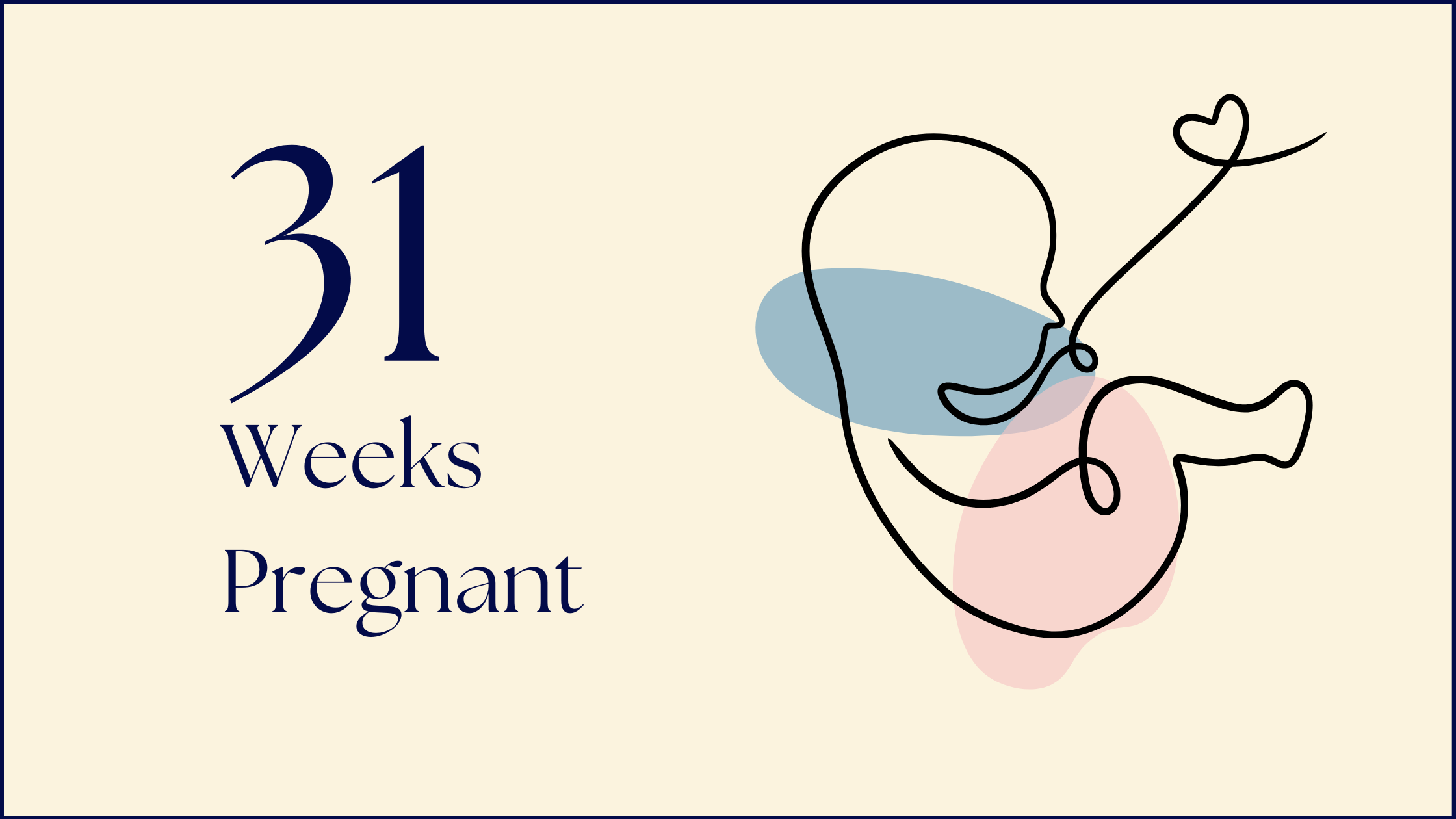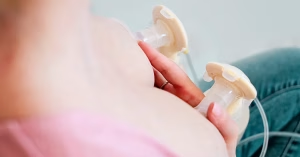The Importance of Baby-Friendly Facilities
The Baby-Friendly Initiative is a program launched by the World Health Organization (WHO) and UNICEF, with support from organizations like Alive and Thrive. This program aims to improve maternal and child health outcomes through the promotion of optimal breastfeeding practices.
To earn the Baby-Friendly title, a healthcare facility must adhere to the Ten Steps to Successful Breastfeeding, which are designed to ensure that every baby gets the best start in life with the support they need for breastfeeding. These steps include:
- Have a Written Breastfeeding Policy
- Train All Healthcare Staff – Ensure that all healthcare providers receive training on the importance of breastfeeding and how to support mothers.
- Inform All Pregnant Women About the Benefits of Breastfeeding
- Help Mothers Initiate Breastfeeding Within One Hour of Birth – Immediate skin-to-skin contact is key!
- Show Mothers How to Breastfeed and How to Maintain Lactation
- Give Newborns No Food or Drink Other Than Breast Milk
- Practice Rooming-In – Keep baby in the same room as you for easier breastfeeding.
- Encourage Breastfeeding on Demand
- Provide No Artificial Teats or Pacifiers
- Establish a Support System for Breastfeeding After Discharge
Unfortunately, less than 30% of babies born in the U.S. are born in Baby-Friendly facilities. But that doesn’t mean you can’t still have a Baby-Friendly experience! By talking to your care team in advance and advocating for you and your baby’s needs, you can still work toward achieving the outcome you desire.
Tips for You This Week
- Consider discussing the Baby-Friendly practices with your healthcare provider to make sure your birth experience supports breastfeeding.
- Keep the Ten Steps in mind as you prepare for your baby’s birth, and advocate for the care you want.
Fun Fact:
Babies who are cared for in Baby-Friendly facilities are more likely to be breastfed exclusively for the first six months of life and to continue breastfeeding for longer.





